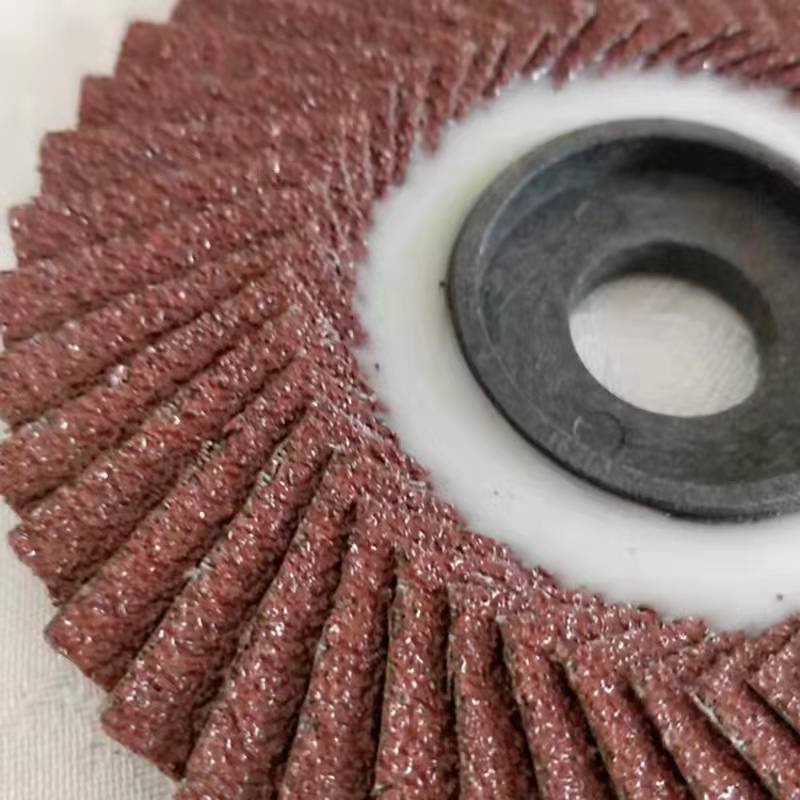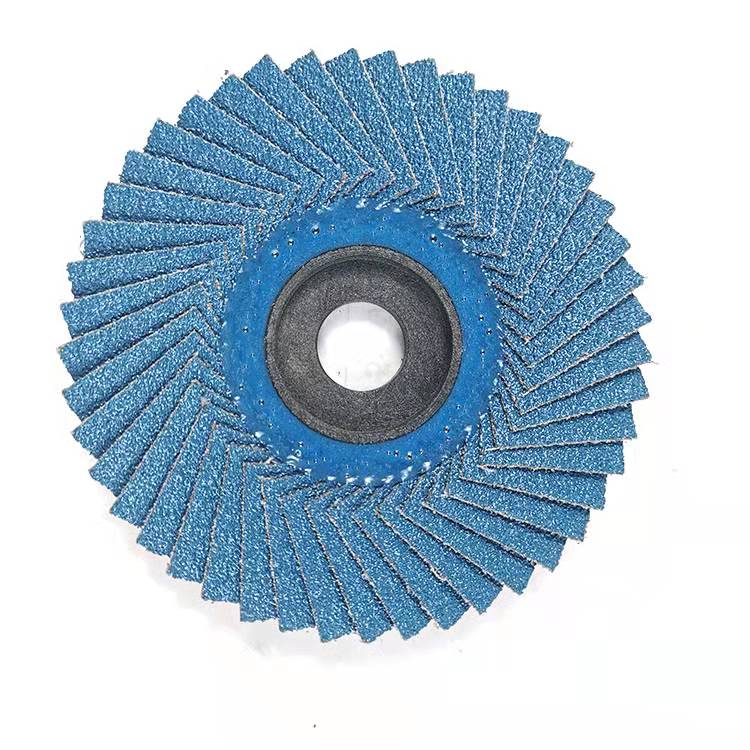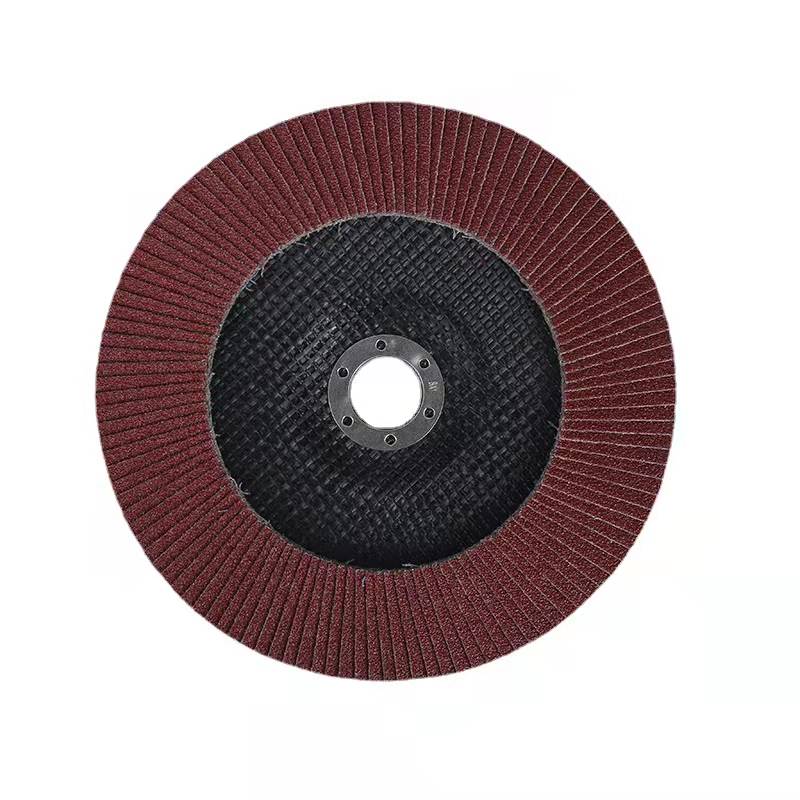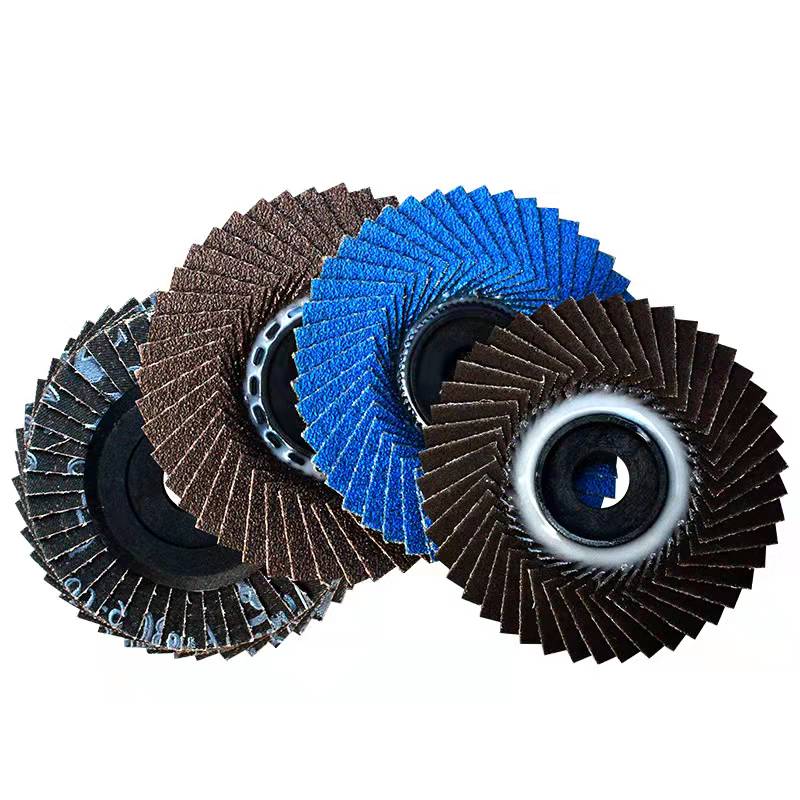In the production of xylitol, a large amount of industrial waste residue is generated. Generally, 1 t of limonol is produced to discharge about 28 to 28 tons of waste water containing about 70% to 80% of water. The annual output of 500t xylitol plant emits about 13,000 to 15,000 tons of waste residue per year, which not only occupies a large number of sites but also causes environmental pollution. At the same time, a large amount of powdered activated carbon is needed in the production of xylitol. The annual output of 500t xylitol plant requires about 150tC of powdered activated carbon per year. The xylitol slag with corncob as raw material is analyzed. The main chemical component is carbon content. Higher cellulose and lignin.
1 raw materials
Xylitol slag: water content of about 70% to 80%; industrial phosphoric acid: 85% (mass fraction); industrial hydrochloric acid: 31% (mass fraction).
2 Principles and methods
2.1 Principle
The activated carbon was prepared by impregnating the dried xylitol slag with phosphoric acid. Phosphoric acid is a medium-strong acid with dehydration. It can dissolve a complex of some fiber molecules in the waste residue. When heated and activated, phosphoric acid acts as an electron on the donor and acceptor centers and the OH of the cellulose complex. It causes the breakage of the inter-molecular bond of cellulose to form a chain-like cellulose molecule, which is easily cyclized to form a condensed benzene ring planar structure, and further condensed into a three-dimensional network structure, thereby forming micropores, mesopores, and transition pores. carbon. Therefore, its caramel bleaching ability is better. The activated carbon obtained by the method has high yield, easy refining and low cost.
2.2 Method
First, the xylitol residue is pretreated to remove impurities such as sediment, and then dried and pulverized to 20 mesh or more. A certain concentration of phosphoric acid solution is prepared, and the solid-liquid ratio of xylitol slag is determined to be 1:25 by experiment, mixed and stirred for 20 to 30 minutes, and left for 30 minutes. The mixture was poured into a charcoal activation furnace, and the temperature was slowly raised to 400 to 5 () () ° C, and the temperature was maintained for 1 to 3 h. After the activated material is discharged from the furnace, powdered activated carbon is obtained by pickling, washing, drying, pulverizing and the like.
3 Results and discussion
3.1 It is found that the optimal activation conditions for the preparation of powdered activated carbon from xylitol slag should be 40% phosphoric acid concentration, 450 °C activation temperature and 1 h activation time (solidification 1:25).
3.2 It can be seen from the experiment that the moisture content of the raw material xylitol slag has a great influence on the decolorization power of activated carbon. According to the experimental results, when the moisture content of the raw material is <10%, the decolorization ability of the obtained activated carbon is the strongest, but from the viewpoint of production cost, the less the water content of the raw material, the more energy it consumes. From the perspective of comprehensive benefits, the water content of the raw material is controlled at 20 % to 25% is more appropriate.
4 Economic benefits
The 500t xylitol plant can produce 200t of powdered activated carbon for sugar using waste residue. The xylitol production is about 50t per year. According to the price of activated carbon, it is 6,000 yuan. The factory can reduce the cost by 300,000 yuan, and the remaining 0t activated carbon can be profitable 100,000 yuan. Therefore, the annual production of 500t xylitol plant will produce waste residue as activated carbon, and the annual cost reduction for the plant will be about 400,000 yuan. It not only reduces environmental pollution, but also turns waste into treasure and increases economic efficiency.
5 Conclusion
5.1 The optimum process conditions for the preparation of powdered activated carbon from xylitol residue are: phosphoric acid concentration 40%, activation temperature 450 ° C, activation time 1 h (solid-liquid ratio 1:2.5).
5.2 The methylene blue decolorization power and caramel decolorization power (A method) of the activated carbon of the product all reach the first-class activated carbon standard (GB/T12496.1-12496.22-90).
5.3 The moisture content of raw materials should be controlled at 20% to 25%.
5.4 The activated carbon produced by this method has a high ash content and needs further improvement.
Flexible Flap Disc
Flexible Flap Disc is suitable for polishing of stainless steel, metal, metallurgy, automobile, wood, marble and other industries. It is especially suitable for the processing of stainless steel and can replace the resin-shaped grinding wheel. It has strong elasticity, high tensile and bending strength, good self-sharpening, high grinding rate, and low noise. It is suitable for welding seams in the box. Polishing of the edges.
The related abrasive products we can supply is Flap Disc Adhesive , Bonded Abrasives , Flap Wheels , Abrasive Sanding Disc, and Abrasive Machine such as Flap Disc Making Machine,Abrasive Belt Making Machine, Flap Wheel Machine ,Sanding Disc Machine, if you have any needs about abrasive tools, please kindly feel free to contact us.


According to the type of abrasive particles: ceramic alumina VS zirconium corundum VS alumina
According to the type of abrasive selected, the flap disc can be divided into three types: ceramic alumina, zirconium corundum and alumina.
Because ceramic alumina itself has many crystals, it has good self-sharpening, relatively neat edges, good heat dissipation, and long service life. Therefore, ceramic alumina louvers are mainly used for the grinding of stainless steel, aluminum and other hard metals.


Zirconium corundum itself is a polycrystalline crystal, with fast cutting speed, good self-sharpening, and strong resistance to high pressure and high temperature. Therefore, zirconium corundum louver blades have strong cutting ability and long service life.
Alumina: single crystal, the cutting ability begins to decline at the beginning of grinding, and the abrasive grains are not easy to break, so the alumina flap disc is suitable for the processing of common metals.



Flexible Flap Wheels Disc,Abrasive Flexible Flap Disc,korea flap disc,flower flap disc,Flexible Flap Disc
Zhengzhou Jiading Abrasive Manufacturing Co.,Ltd , https://www.jd-abrasives.com
